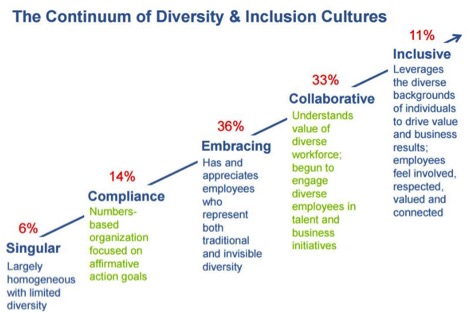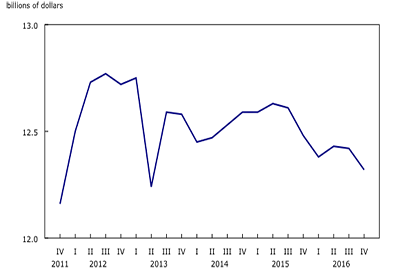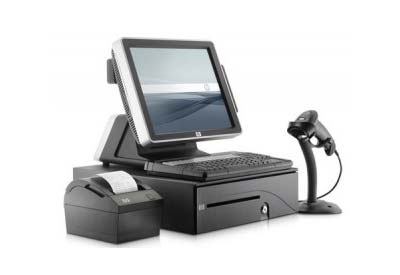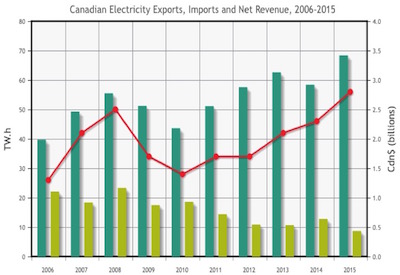Diversity and Inclusion (D&I): A Revolutionary Trend?

July 28, 2017
By Jean-François Bourqui
Diversity and inclusion (D&I) is a term that companies are starting to zero in on, and as a result, is quickly becoming a trend. Creating a diverse workforce and an inclusive work environment for employees is a priority for many forward thinking organizations, which are focused on sustaining successful and long-term multi-generational businesses.
The Merriam-Webster dictionary defines “diversity” as the state of having people who are different races or who have different cultures in a group or organization. “Inclusion” is defined as the action or state of including or of being included within a group or structure. However, in a business sense, the meaning and need for D&I are so much more. D&I in some ways are like bacon and eggs. They are not the same, but together make up a winning combination. In an ever changing global business environment, where technologies and customer experience are becoming the way of the future, having a diverse and inclusive environment will be the winning formula. This will help companies be proactive and stay ahead of the curve when making important business decisions that will impact their futures.
Companies that embrace a diverse workforce will have increased adaptability, broader service range, variety of viewpoints, and more effective execution due to the increased level of talent, skill set and experiences that they bring. This will result in increased efficiencies relating to performance and productivity, as well as innovation which in turn will also lead to positive employer branding when recruiting future talent.
Companies that embrace inclusivity understand that one size does not fit all, and that fostering a culture of equity is an essential part of being successful. An inclusive culture gives every employee a voice and encourages them to share knowledge and best practices with one another. When employees feel part of a team, and part of a common goal where they are contributing and being heard, it leads to enhanced collaboration, enhanced morale, and enhanced efficiencies in the workplace. This leads to progressive results and directly impacts a company’s bottom line in a positive way.
MasterCard is a prime example of a global company who has a very strong focus on D&I. MasterCard created an internal group of networks they call Business Research Groups (BRGs). BRGs are available for all MasterCard employees around the world. There are currently 9 different BRGs in place with 50 chapters and 2,500 members worldwide. One of MasterCard’s BRGs that exists today is called YOPROS (Young Professionals).
Twenty to thirty percent of the global workforce is made up of employees who are born between 1978 and 1995. This age group of professionals plays a very important role as influencers and drivers of business decisions across all industries today, and in the future. WLN (Women’s Leadership Network) is another BRG. It seeks to advance women’s careers and performance through a culture of mentoring and coaching. SALUTE is a BRG that provides global support for active and veteran military personnel and their families by facilitating a successful transition into MasterCard’s corporate culture.
The other MasterCard BRGs include WWAVE (Workers With Accumulated Valued Experience), LEAD (Leveraging Employees of African Descent), Latin Network (Employees of Latin Descent), Pride (Gay, Lesbian, Bisexual and Transgender), East (Exploring Asian Societies and Trends), and ADAPTability (focuses on needs of employees with disabilities).
All BRGs have the common goal of providing its employees with a platform to network, share information, build relationships, and create a team environment that will contribute to their professional growth. These BRGs exist to help MasterCard achieve their goal of understanding complex and constant changing dynamics in the global marketplace. It allows them to leverage the unique strengths, views, and experiences through BRGs to help create growth, innovation and success. However, measuring the success of D&I is not so cut and dry. Sure, diversity initiatives can be measurable (e.g., by 2018, Company “XYZ” wants 30% of our workforce to be Millennials), but inclusion is a little more challenging to measure. One of the most common ways to measure inclusion success rate is through employee engagement survey feedback.
Bottom line, companies with D&I initiatives outperform their peers by a fair margin. Numerous research studies (McKinsey’s research, Catalyst research and Deloitte Australia research) validate this point. So the big question is, if you are a business leader or a future business leader, are you motivated enough to take the necessary steps to develop a D&I strategy for your organization?
Jean-François Bourqui is a Regional Sales Manager for Southwire Canada. Jean-François graduated from the University of Ottawa with a Bachelor in Commerce specializing in International Management in 2006. He has spent his entire 10.5 year professional career with Southwire Canada working in various roles such as Account Manager, Sales/Pricing Analyst, Customer Service Manager and Outside Sales Representative.

Figure: Bersin by Deloitte D&I Benchmarking Data, 3/2014











